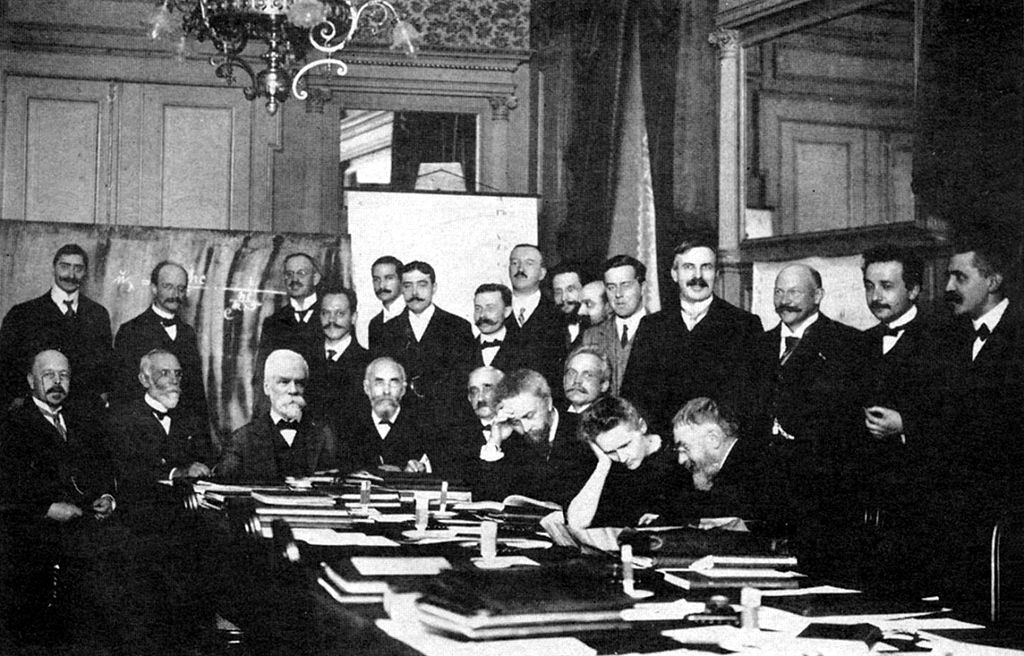
Figure 1 – Benjamin Couprie, Participants at the First Solvay Conference, 1911. From the Wikimediacommons, uploaded by Fastfission and in the public domain by virtue of its age.
Today’s Favorite and Noteworthy Photograph (Figure 1) is, indeed, one of my favorites but for different reasons than most. It is by Belgian photographer Benjamin Couprie “Participants at the first Solvay Conference, 1911.” The Solvay conference was an invitation only meeting of all the great contemporary physicists to discuss molecular theory. The list of participants is truly amazing. They are:
- Seated (L-R): Walther Nernst, Marcel Brillouin, Ernest Solvay, Hendrik Lorentz, Emil Warburg, Jean Baptiste Perrin, Wilhelm Wien, Marie Curie, and Henri Poincaré.
- Standing (L-R): Robert Goldschmidt, Max Planck, Heinrich Rubens, Arnold Sommerfeld, Frederick Lindemann, Maurice de Broglie, Martin Knudsen, Friedrich Hasenöhrl, Georges Hostelet, Edouard Herzen, James Hopwood Jeans, Ernest Rutherford, Heike Kamerlingh Onnes, Albert Einstein, and Paul Langevin.
What is, of course, most striking about the image is that Madame Curie is the only woman and, perhaps because of that fact, she seems the gravitational centroid of the photograph. It seems very clear that this was Couprie’s intent, given the way that he has positioned the subjects in the photograph. For the modern viewer this seems a commentary on sexism in physics, then and to a large extent now as well.
Curie is a one of the true greats of twentieth century physics and chemistry. I cannot overstate the point. The Curies saw what was believed to be impossible, one element transmuting into another. It seemed impossible, but as great geniuses, their minds were open. Marie and Pierre Cure won the 1903 Nobel prize in physics. In 1911 she was to win the chemistry prize, making her the first person to win the coveted award in two sciences.
Pierre died tragically in a carriage accident in 1906. Several years later Marie became romantically involved with physicist Paul Langevin, a doctoral student of Pierre’s. Langevin was estranged and separted from his wife. At the meeting “love letters” between Marie and Paul were circulated to the press by Langevin’s wife. When Curie returned to Paris her house was surrounded by an angry mob that terrified Marie and her two young daughters Irene and Eve. It is in this regard that the story and image of Madame Curie and Christine Keeler are curiously connected. Despite her genius Marie Curie, like Keeler, could not escape small-mindedness, prejudice, and stereotyping. Mysogyny reigned. There is a wonderful letter very recently unearth in which Albert Einstein tells Curie to ignore the haters. “If the rabble continues to be occupy itself with you then simply don’t read that hogwash, but rather leave it for the reptile for whom it has been fabricated.”
